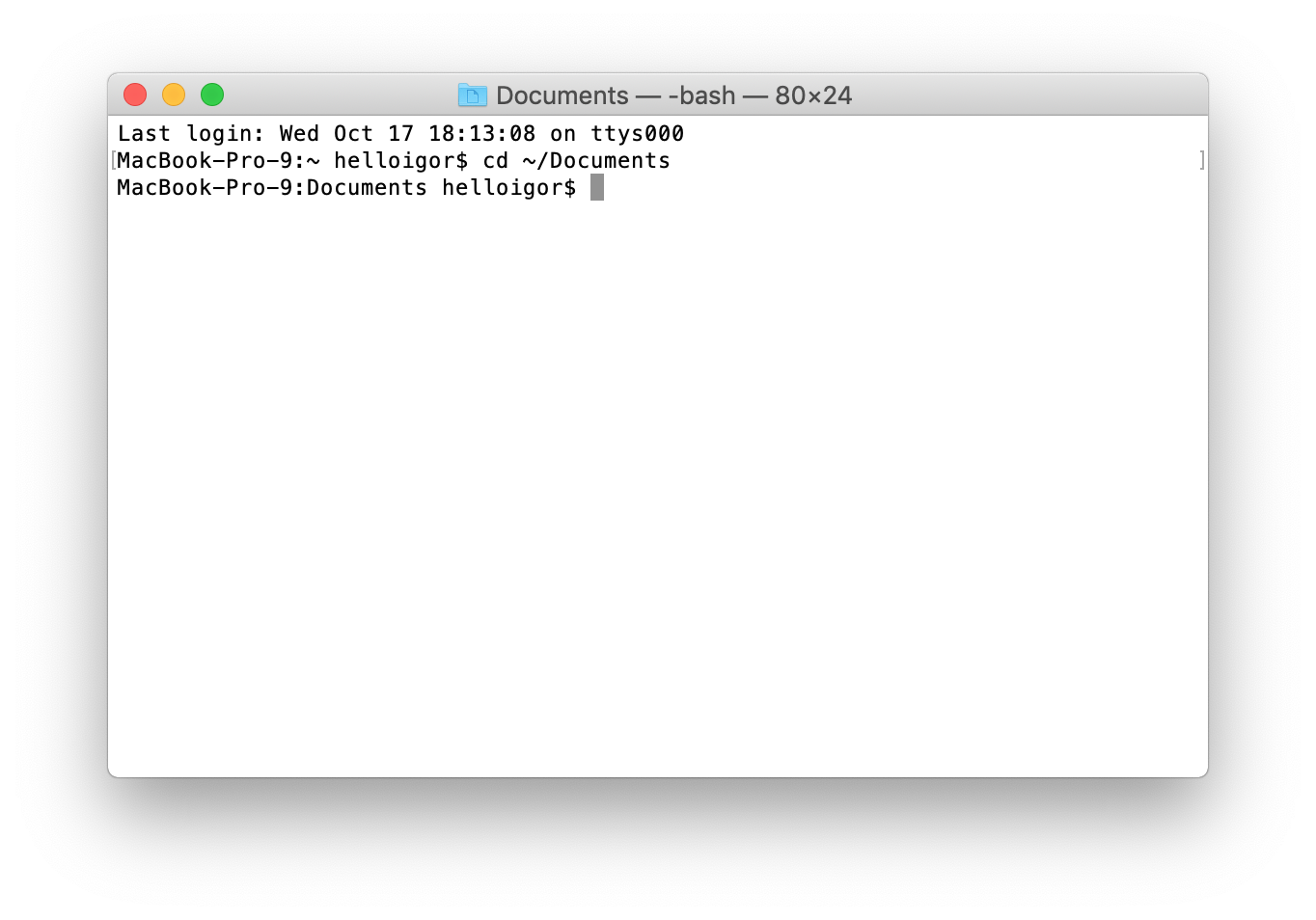Mac Terminal Profiles Download
Important:This document has been replaced by App Distribution Guide. App Distribution Guide offers step-by-step instructions for configuring, testing, and submitting your app for approval. This new document describes how to use Xcode and other Apple developer tools to create and configure your project, request signing certificates, create provisioning profiles, configure special App Store technologies, test your app on devices, create your app record in iTunes Connect, and submit your app for approval to Apple. If you have a company Apple Developer Program membership, you’ll also learn how to manage your team’s certificates and provisioning assets.
Important This document has been replaced by App Distribution Guide. App Distribution Guide offers step-by-step instructions for configuring, testing, and submitting your app for approval. This new document describes how to use Xcode and other Apple developer tools to create and configure your project, request signing certificates, create provisioning profiles, configure special App Store technologies, test your app on devices, create your app record in iTunes Connect, and submit your app for approval to Apple. If you have a company Apple Developer Program membership, you’ll also learn how to manage your team’s certificates and provisioning assets.
After logging in to the iOS Provisioning Portal, click Provisioning in the sidebar.
Download Terminal Services Manager, Remote Process Explorer, Remote Desktop Audit, Wi-Fi Scanner, Network Scanner, LanCalculator, Find MAC Address, LanSend, Change MAC Address - LizardSystems.
Click either the Development or Distribution tab to display the appropriate profiles.
Click the Download button, in the Actions column, for the profile you want to download.
- The underlying idea is that the.bashprofile should be run only once when you login, and the.bashrc for every new interactive shell. However, Terminal.app on macOS, does not follow this convention. When Terminal.app opens a new window, it will run.bashprofile. Not, as users familiar with other Unix systems would expect,.bashrc.
- The terminal.app is relatively a great terminal emulator. Since it comes as standard with MacOS, it negates the need to download or install a separate one. For those who are looking for a great terminal, this it. In addition, it uses the least amount of resources compared with the other terminal emulators.
- In the Terminal app on your Mac, choose Terminal Preferences, then click Profiles. Do one of the following: Create a new profile: Click the Add button under the profiles list, then enter a name for the new profile. Modify an existing profile: Select the profile you want to modify. Choose settings for the profile: Text: Change colors, fonts, text, backgrounds, and cursor style.
- Open Terminal using Spotlight Search. One of the quickest and easiest ways to open Terminal on Mac is with Spotlight Search. 1) If you have the Spotlight Search button in your menu bar, click it. Otherwise, you can use the keyboard shortcut Command + Space. 2) Type in “Terminal”.
Mac Terminal Commands
To run an app on a device, you need the accompanying provisioning profile you download from the iOS Provisioning Portal.
There are two types of provisioning profiles, one for development and one for distribution. Both profiles are .mobileprovision files.
All team members can download a development provisioning profile from the Provisioning section of iOS Provisioning Portal. When downloading a development provisioning profile, remember that you can install and test apps on a device only if that device ID, app ID, and your development certificate are included in the profile.
Only team admins can download the distribution provisioning profile. In fact, the Distribution tab is not visible to team members. To test an application that has been built for distribution, you need the distribution provisioning profile and the .app file.
After you obtain the provisioning profile file, you can install it on your device.
Copyright © 2013 Apple Inc. All Rights Reserved. Terms of Use | Privacy Policy | Updated: 2013-04-23
| This article refers to the Cisco AnyConnect VPN. If you're looking for information on the Prisma Access VPN Beta that uses the GobalConnect app, see: Prisma Access VPN Beta Landing Page. If you're not sure which service you're using, see: How do I know if I'm using the Cisco AnyConnect VPN or the Prisma Access VPN Beta? |
Mac Terminal Profiles Download Free
Q: How do I uninstall Cisco Anyconnect VPN Client on Mac OS X?
Answer
If the application is still installed do this:
Best Terminal For Mac
- From the Finder go to the Applications folder.
- Look for the Cisco folder and open it
- Then double click on Uninstall Anyconnect to start the uninstall process
- Follow instructions to uninstall VPN program
Here's the procedure for manually uninstalling the AnyConnect client from a Mac OS X system.
As root, run the following shell script from the Terminal:
You will be prompted for your password. Once you enter it, just follow the steps
If you still having trouble and/or the new Cisco Anyconnect installation complains that you have a version installed, follow these steps:
Terminal App For Mac
Enter these commands to clean out the old Cisco VPN kernel extension and reboot the system.
If you installed the Cisco VPN for Mac version 4.1.08005 package, enter these commands to delete the misplaced files. The deletion of these files will not affect your system, since applications do not use these misplaced files in their current location.

Terminal For Mac
Enter these commands if you no longer need the old Cisco VPN Client or Shimo.
Mac Terminal Program
Finally this.
